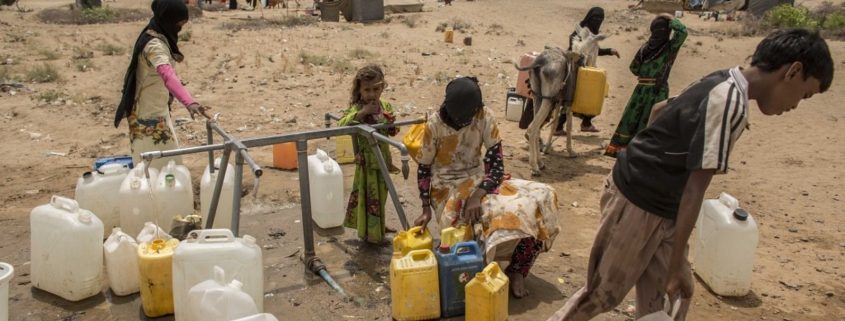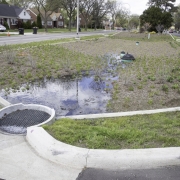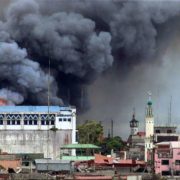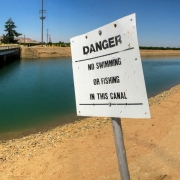HotSpots H2O, September 24: Yemen at ‘Tipping Point’ of Famine as Violence Obstructs Food, Fuel Access
The Rundown
Fighting has once again flared near Yemen’s Hodeidah Port, impeding the distribution of fuel, food, and other staples as people continue to suffer the collateral damage from a civil war. A recent United Nations briefing on the crisis declared that the situation is “bleak” and has deteriorated rapidly in recent weeks for the nearly 22 million Yemenis who need aid or protection from fighting.
According to the United Nations, Yemen is also on the tipping point of severe famine. The country is almost entirely reliant on food imports, and conflicts near major ports like Hodeidah often drive sharp increases in the price of food. In some areas, desperate Yemenis have resorted to eating leaves in order to survive.
“Escalating hostilities are putting thousands of children living in and around the area at imminent risk of injury or death. Airstrikes and ground fighting could also lead to new waves of displacement and interruptions to the supply of safe drinking water.” — UNICEF statement on the escalation of violence in Hodeidah.
By The Numbers
8.4 million Yemenis who are unsure how they will get their next meal. The UN estimates that the number of severely food insecure people could increase by another 3.5 million if famine develops.
98 percent Proportion that food prices have increased in the past three years.
16 million Yemenis who lack regular access to water and basic sanitation. This represents about 55 percent of the population.
110 percent Increase in fuel prices in the last three years. Adequate fuel is required to operate many of Yemen’s water pumping stations.
10,000 to 12,000 Yemeni Rials Current price for 20 liters of fuel, up from 8,500 just a few weeks ago.
154,527 Cholera cases reported in 2018. Although the epidemic has subsided substantially since last year, when the number of suspected cases bypassed 1 million, residents and aid agencies remain in constant fear of another major outbreak. In the past 13 weeks, the number of suspected cases has increased.
2,500 Schools in Yemen that are closed, mostly due to damage from conflict. Across the country, 2 million children are not currently attending school.
On The Radar
In his United Nations Security Council briefing, Mark Lowcock, the Under-Secretary-General for Humanitarian Affairs and Emergency Relief Coordinator, identified actions that could calm the violence in Yemen. First, actions are needed to stabilize the country’s economy and exchange rate. Second, all parties to the conflict must spare civilians and allow humanitarian agencies to access vulnerable groups. Lastly, Lowcock noted that the warring parties should begin negotiations toward peace.
Resources and Further Reading
In context:
HotSpots H2O, June 18: Yemen’s Water Supply Jeopardized Again in Battle for Hodeidah
Clean Water Runs Out and Yemen Hovers on Edge of Another Epidemic
Briefing to the Security Council on the Humanitarian Situation in Yemen by the Under-Secretary-General for Humanitarian Affairs and Emergency Relief Coordinator, Mr. Mark Lowcock (ReliefWeb)
More violence in Yemen’s Hodeidah will push children further into the abyss (UNICEF)
Yemen – Need for scaled-up emergency sanitation in most cholera affected districts – Emergency Response Coordination Centre (ERCC) – DG ECHO Daily Map| 20/09/2018 (ReliefWeb)
Yemen Humanitarian Update Covering 7-17 September 2018 (OCHA)
Photo courtesy of Felton Davis/Flickr
Kayla Ritter is a recent graduate of Michigan State University, where she studied International Relations and Teaching English to Speakers of Other Languages. She is currently based in Manton, Michigan. Kayla enjoys running, writing, and traveling. Contact Kayla Ritter












Leave a Reply
Want to join the discussion?Feel free to contribute!